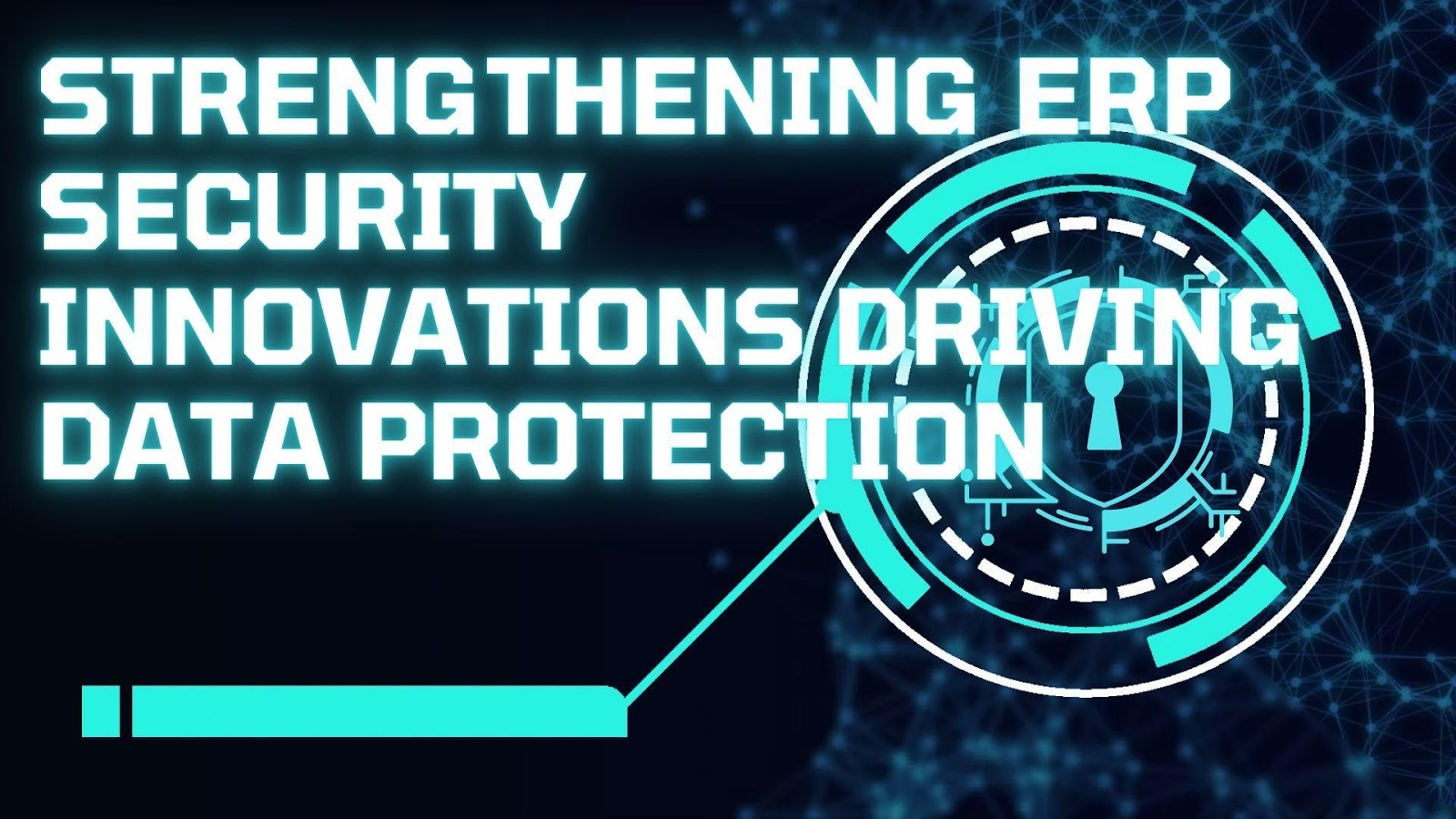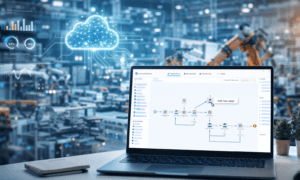In the digital era, Enterprise Resource Planning (ERP) systems have become the backbone of organizational operations, integrating various business processes into a unified system. However, this centralization of critical data and processes creates significant security challenges that must be addressed with robust frameworks and methodologies. Sathyananda Kumar Pamarthy has contributed significantly to understanding how these systems can be protected in the modern threat landscape
Revolutionizing Access Control Mechanisms
Modern ERP systems have redefined security with advanced Role-Based Access Control (RBAC) frameworks. The adoption of RBAC has significantly reduced unauthorized access incidents while streamlining permission management. Additionally, the implementation of Multi-Factor Authentication (MFA) and biometric verification has strengthened identity authentication, ensuring only authorized personnel access critical data. These innovations contribute to heightened compliance and operational security.
Advancements in Data Protection Strategies
Organizations are implementing cutting-edge encryption protocols to safeguard ERP data. End-to-end encryption ensures protection both in transit and at rest, reducing breach risks. The widespread adoption of dynamic data masking and tokenization further shields sensitive information from unauthorized access, particularly in high-risk industries. Automated encryption key rotation has also become a standard practice, minimizing the threat of compromised keys.
Enhancing Compliance and Regulatory Adherence
With increasing regulatory requirements, ERP security frameworks now integrate automated compliance management. Businesses are allocating substantial resources to align with evolving data protection mandates. Advanced audit trail implementations allow organizations to track and verify system activities efficiently, ensuring compliance with industry standards. These developments have streamlined regulatory adherence while reducing the cost and complexity of compliance-related modifications.
Building Trust Through Transparent Security Practices
Robust ERP security measures play a crucial role in enhancing customer confidence. Organizations prioritizing secure data handling report significant improvements in customer retention and trust. Transparent security frameworks foster strong relationships between businesses and their clients, reinforcing loyalty. Secure ERP implementations have also improved business partner collaboration by mitigating integration-related security risks.
The Role of Emerging Technologies in ERP Security
Artificial intelligence (AI) is revolutionizing ERP security by enabling real-time threat detection and automated risk mitigation. AI-powered predictive analytics enhance operational efficiency while minimizing security vulnerabilities. Similarly, blockchain integration is transforming data integrity, reducing fraud, and improving transparency. These technologies collectively strengthen ERP security, ensuring resilience against cyber threats.
The convergence of AI and blockchain creates a powerful security framework for modern ERP environments. Machine learning algorithms continuously analyze user behaviors and system interactions, identifying potential security breaches before they escalate. This proactive approach significantly reduces response times and minimizes potential damage from attacks. Meanwhile, blockchain’s immutable ledger technology provides an unalterable audit trail of all transactions, making it virtually impossible to manipulate financial records or operational data without detection. Organizations implementing these technologies report substantial improvements in their security posture and regulatory compliance capabilities.
Zero-Trust Architecture: A New Standard in ERP Security
The implementation of zero-trust principles has emerged as a game-changer in ERP security. By enforcing continuous authentication and micro-segmentation, organizations significantly reduce their attack surface. Zero-trust frameworks prioritize real-time monitoring, enabling faster threat detection and response. This approach enhances both security and operational efficiency, making it an indispensable component of modern ERP systems.
Zero-trust architecture fundamentally transforms traditional security models by eliminating the concept of trusted internal networks. Instead, every access request is thoroughly verified regardless of its origin, ensuring that potential threats are contained even if perimeter defenses are breached. This granular approach to access control is particularly valuable for ERP systems that manage sensitive financial data, intellectual property, and customer information across multiple departments and locations. Organizations implementing zero-trust principles report up to 60% reduction in security incidents and significant improvements in compliance with regulatory requirements. The integration of behavioral analytics within zero-trust frameworks further strengthens security by establishing baseline behaviors and flagging anomalous activities that might indicate compromise.
In conclusion,the evolution of ERP security highlights the necessity of integrating advanced protective measures to safeguard critical business data. As organizations embrace AI, blockchain, and zero-trust models, they strengthen their security posture while maintaining operational agility. Sathyananda Kumar Pamarthy underscores the transformative impact of these innovations, ensuring ERP systems remain secure and resilient in an increasingly digital world.



































